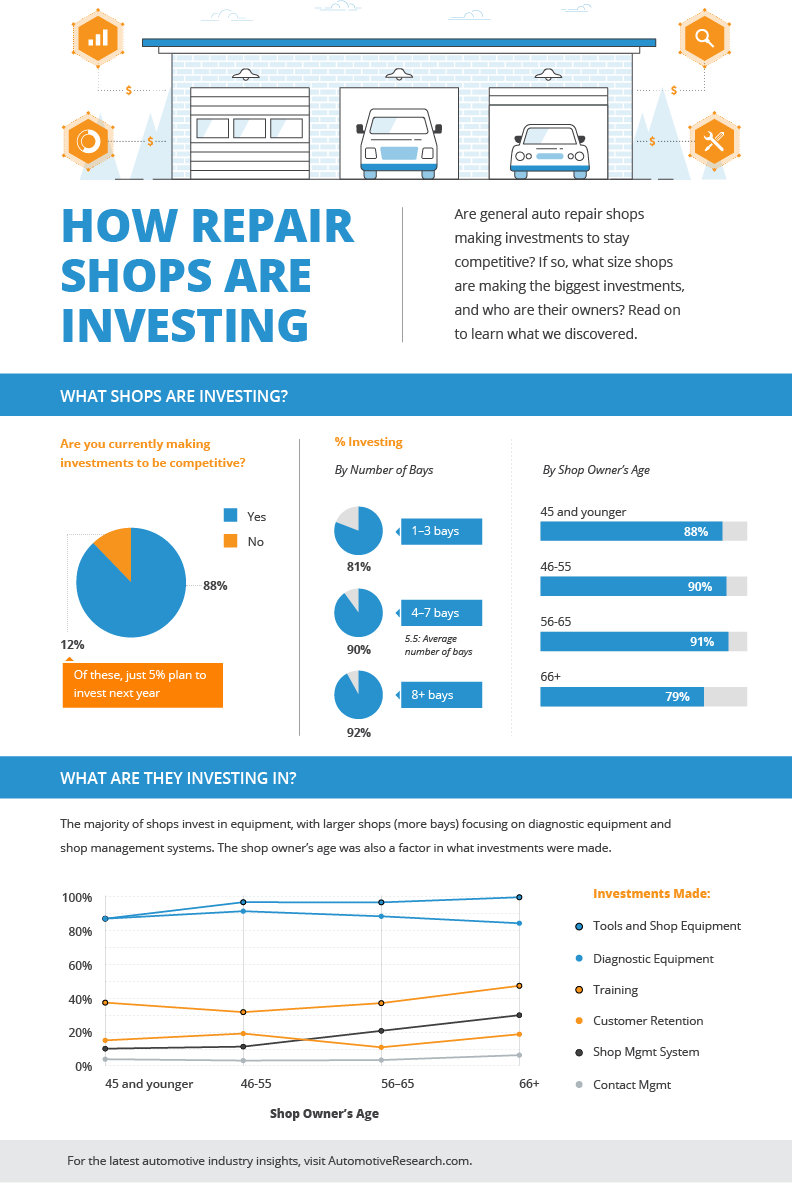Comprehending Your Auto'S Warning Lighting: What Do They Really Mean?
Comprehending Your Auto'S Warning Lighting: What Do They Really Mean?
Blog Article
Team Author-Sykes Alvarado
When you lag the wheel, those beautiful warning lights on your control panel can be a little bit bewildering. Do you know what they're trying to tell you concerning your auto's health and wellness? Comprehending the significance of these lights is crucial for your safety and the durability of your car. So, the following time one of those lights turns up, wouldn't you want to understand its message precisely and take the necessary actions to resolve it?
Common Caution Lighting and Interpretations
Recognize typical warning lights in your vehicle and recognize their definitions to guarantee secure driving.
The most regular warning lights consist of the check engine light, which signifies problems with the engine or emissions system. If this light comes on, it's essential to have your lorry examined quickly.
The oil stress cautioning light indicates low oil stress, requiring immediate interest to avoid engine damages.
A flashing battery light might suggest a defective billing system, possibly leaving you stranded otherwise dealt with.
The tire stress monitoring system (TPMS) light notifies you to low tire pressure, influencing lorry security and gas performance. Overlooking just click the up coming post could cause unsafe driving problems.
The abdominal muscle light suggests a problem with the anti-lock stopping system, compromising your ability to quit quickly in emergency situations.
Last but not least, the coolant temperature level alerting light warns of engine overheating, which can cause serious damages if not dealt with promptly.
Comprehending these usual warning lights will help you resolve issues without delay and keep safe driving conditions.
Importance of Prompt Attention
Understanding the common caution lights in your cars and truck is just the very first step; the importance of without delay attending to these warnings can't be highlighted enough to guarantee your safety and security when traveling.
When a warning light illuminates on your control panel, it's your car's way of interacting a prospective concern that requires interest. Neglecting these cautions can bring about extra severe problems in the future, endangering your safety and security and potentially costing you a lot more out of commission.
Trigger attention to alerting lights can protect against break downs and mishaps. For example, a flashing check engine light can indicate a misfire that, if left unattended, might create damages to the catalytic converter. Resolving this immediately can conserve you from a pricey repair service.
Similarly, a brake system alerting light may signal low brake fluid or used brake pads, crucial elements for your safety and security when driving.
DIY Troubleshooting Tips
If you observe a warning light on your dashboard, there are a few DIY troubleshooting pointers you can try before looking for expert help.
The very first step is to consult your vehicle's handbook to comprehend what the details warning light suggests. Often the issue can be as straightforward as a loose gas cap activating the check engine light. Tightening up the gas cap might settle the trouble.
One more common issue is a low battery, which can set off various warning lights. Examining the battery connections for deterioration and ensuring they're protected might repair the problem.
If a warning light persists, you can try resetting it by separating the cars and truck's battery for a few mins and after that reconnecting it. Furthermore, checking your vehicle's liquid levels, such as oil, coolant, and brake liquid, can help repair warning lights connected to these systems.
Verdict
In conclusion, understanding your automobile's caution lights is crucial for keeping your vehicle running smoothly and safely. By quickly dealing with auto clean and knowing what they mean, you can prevent expensive repairs and possible malfunctions.
Keep in mind to consult your car's guidebook for particular information on each warning light and take action appropriately to make sure a trouble-free driving experience.
Remain notified, stay safe on the road!
